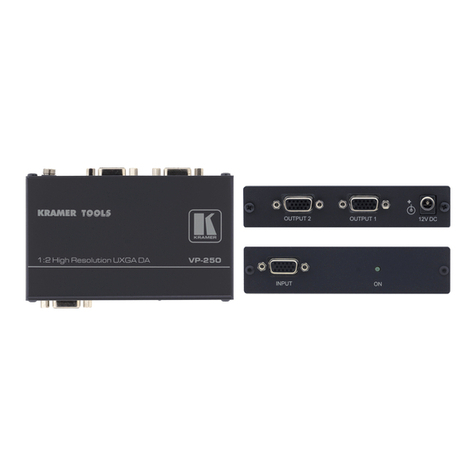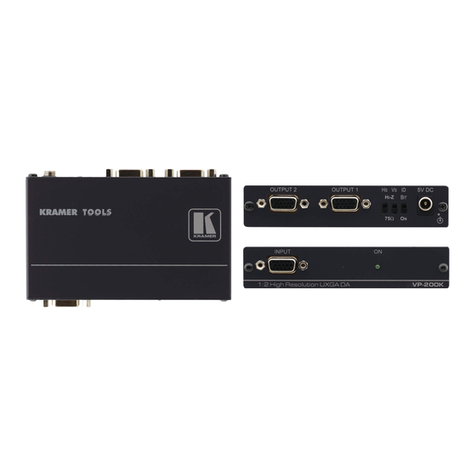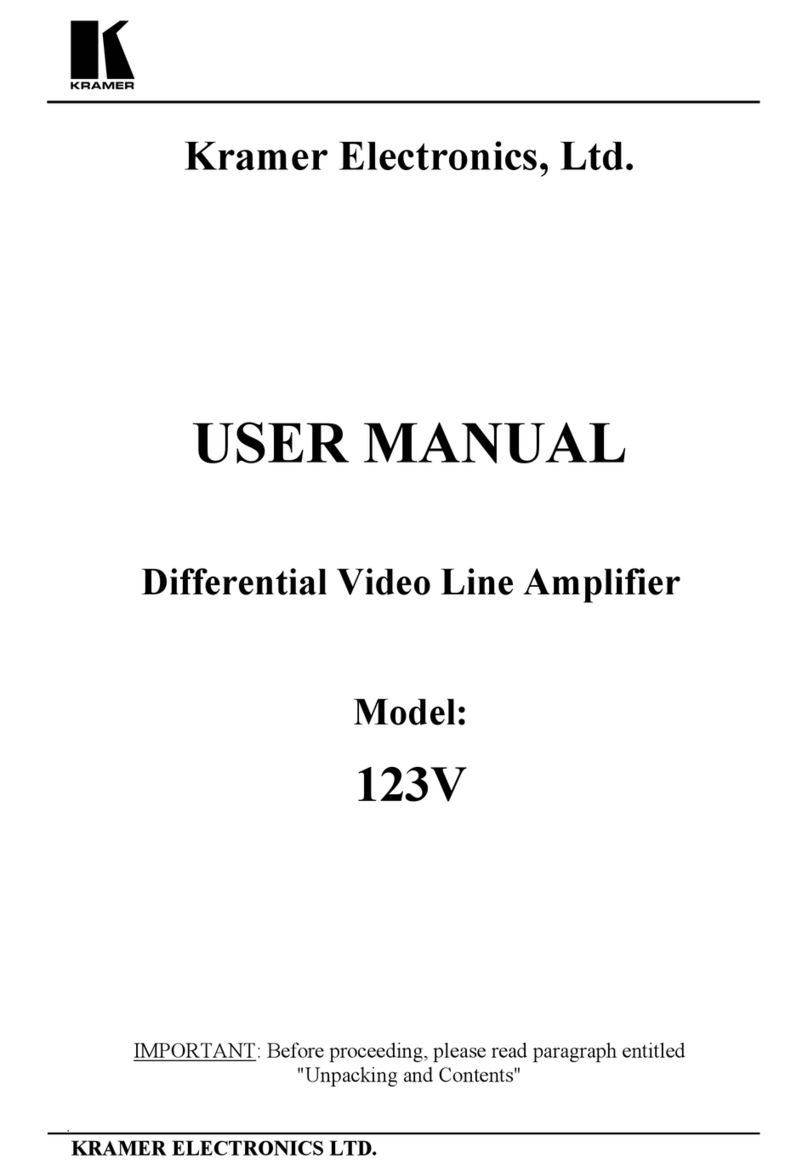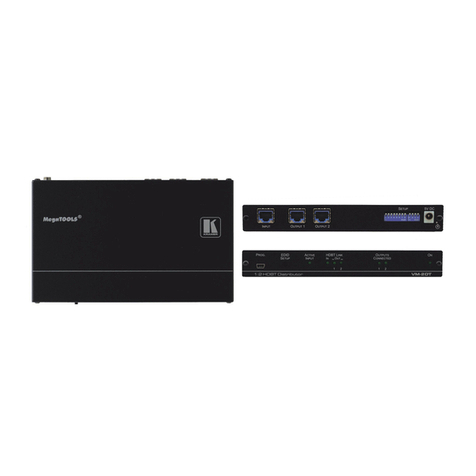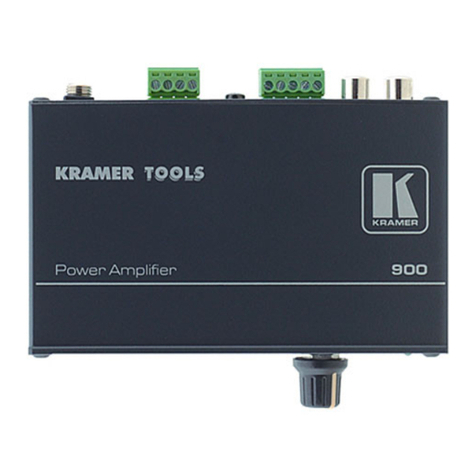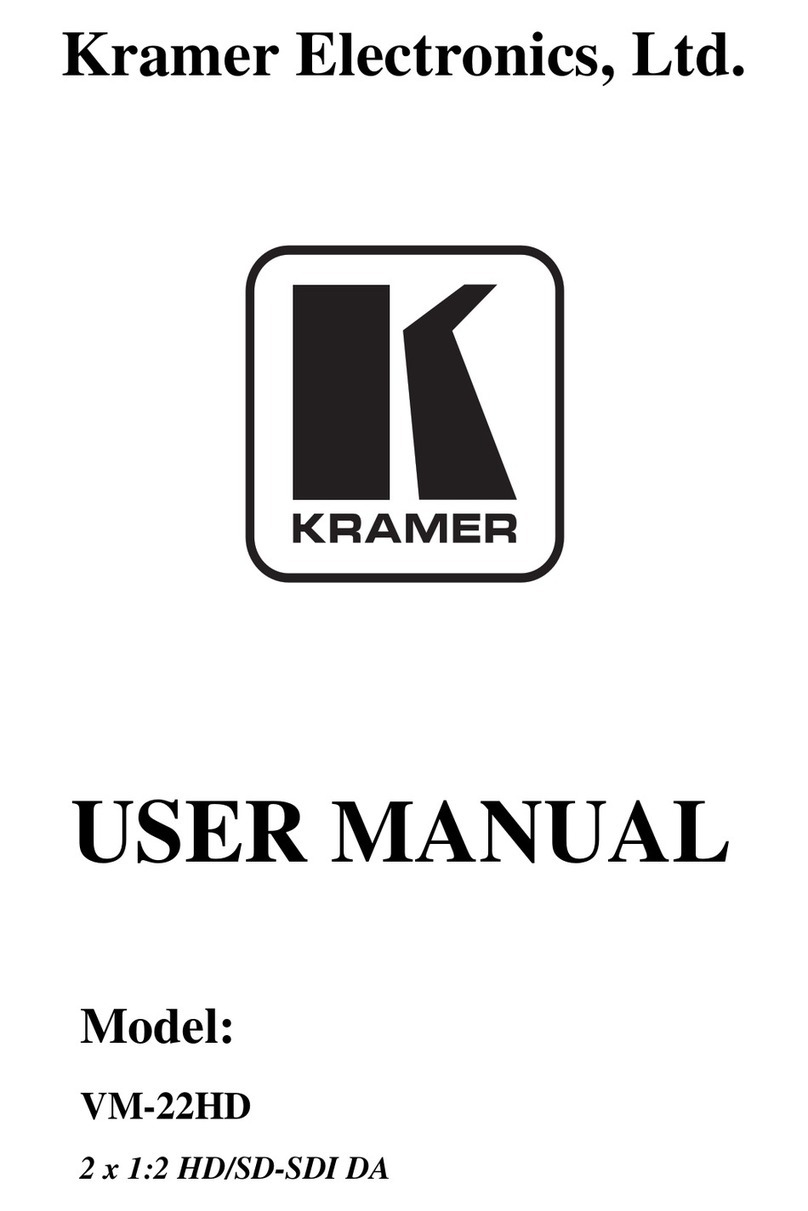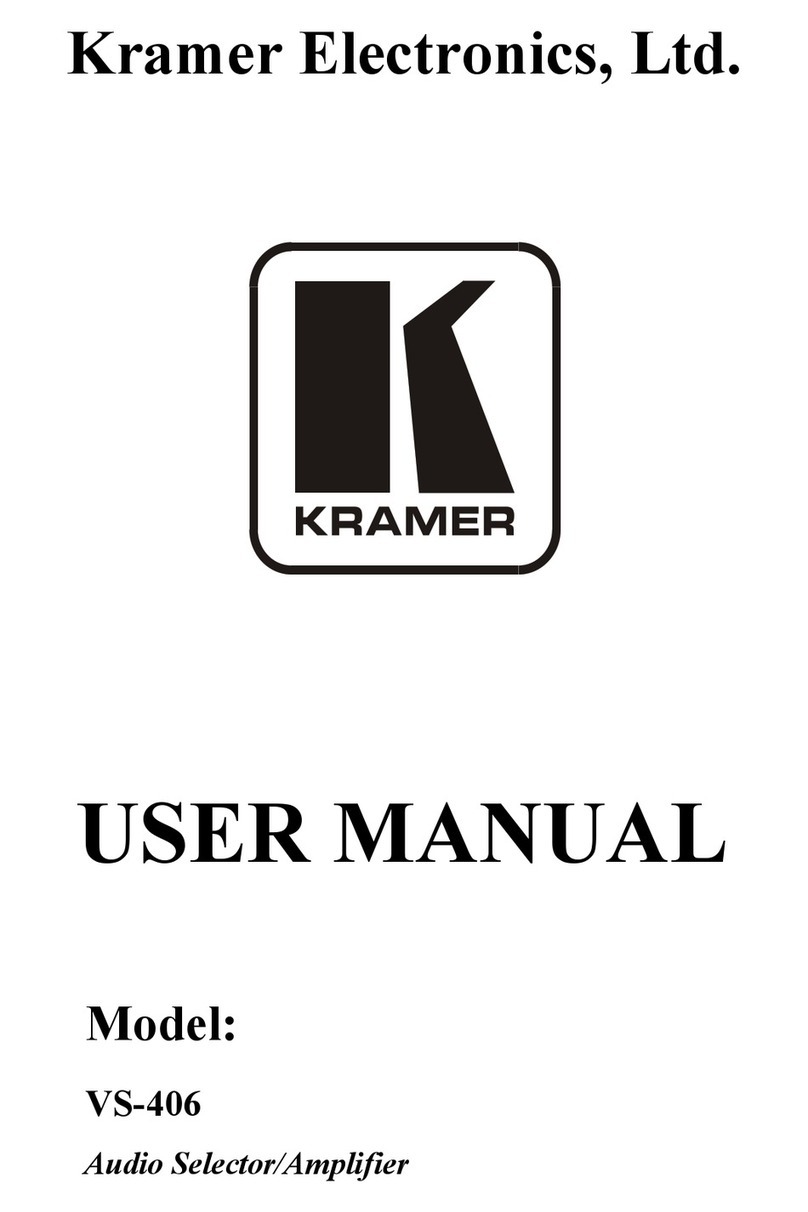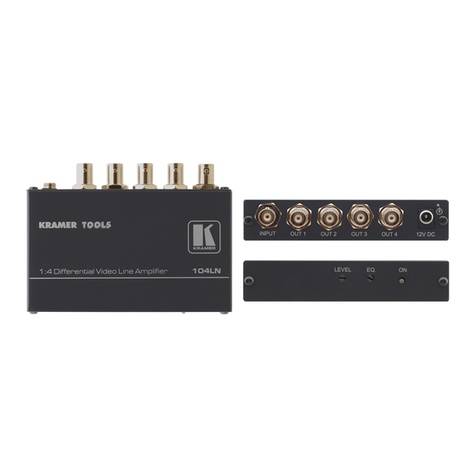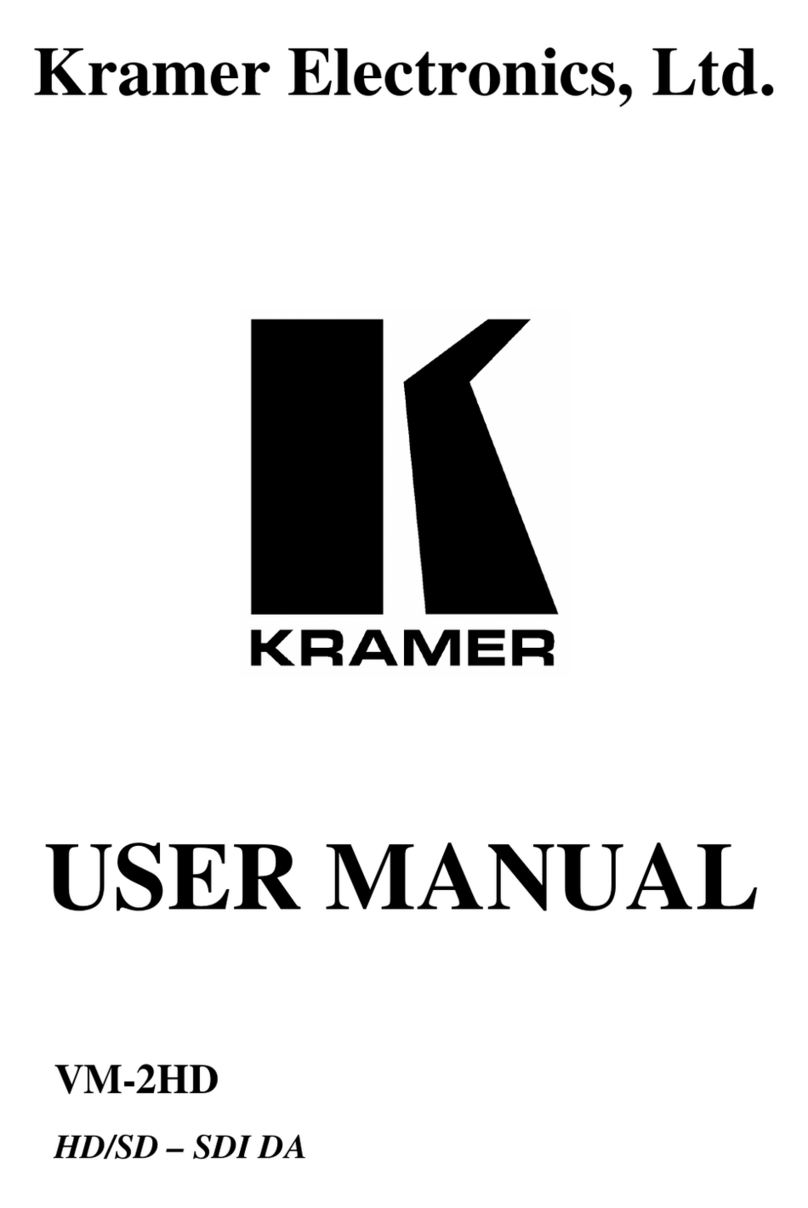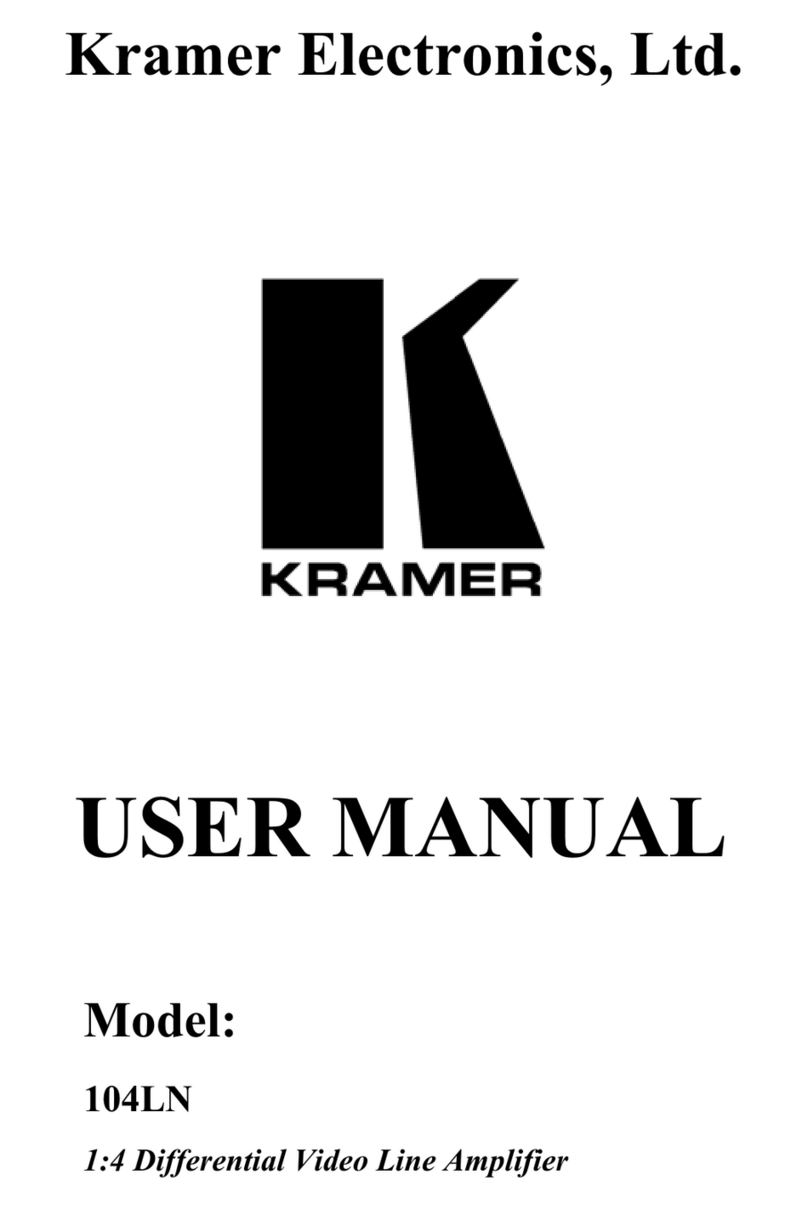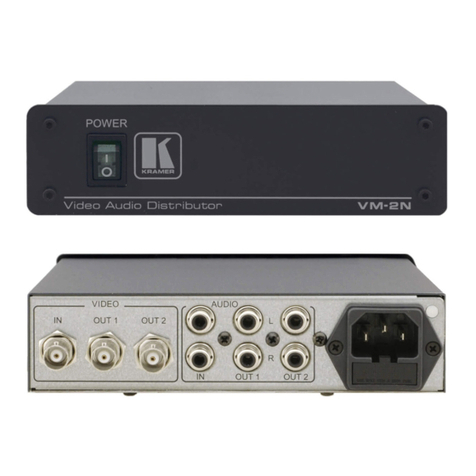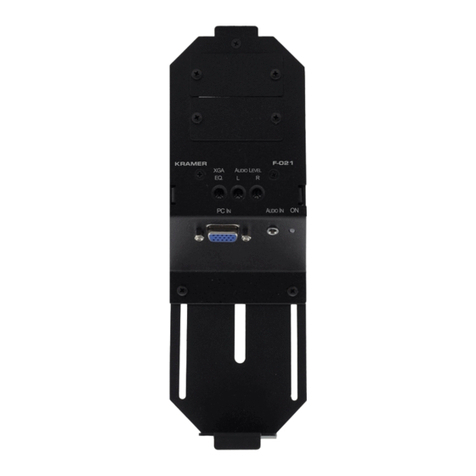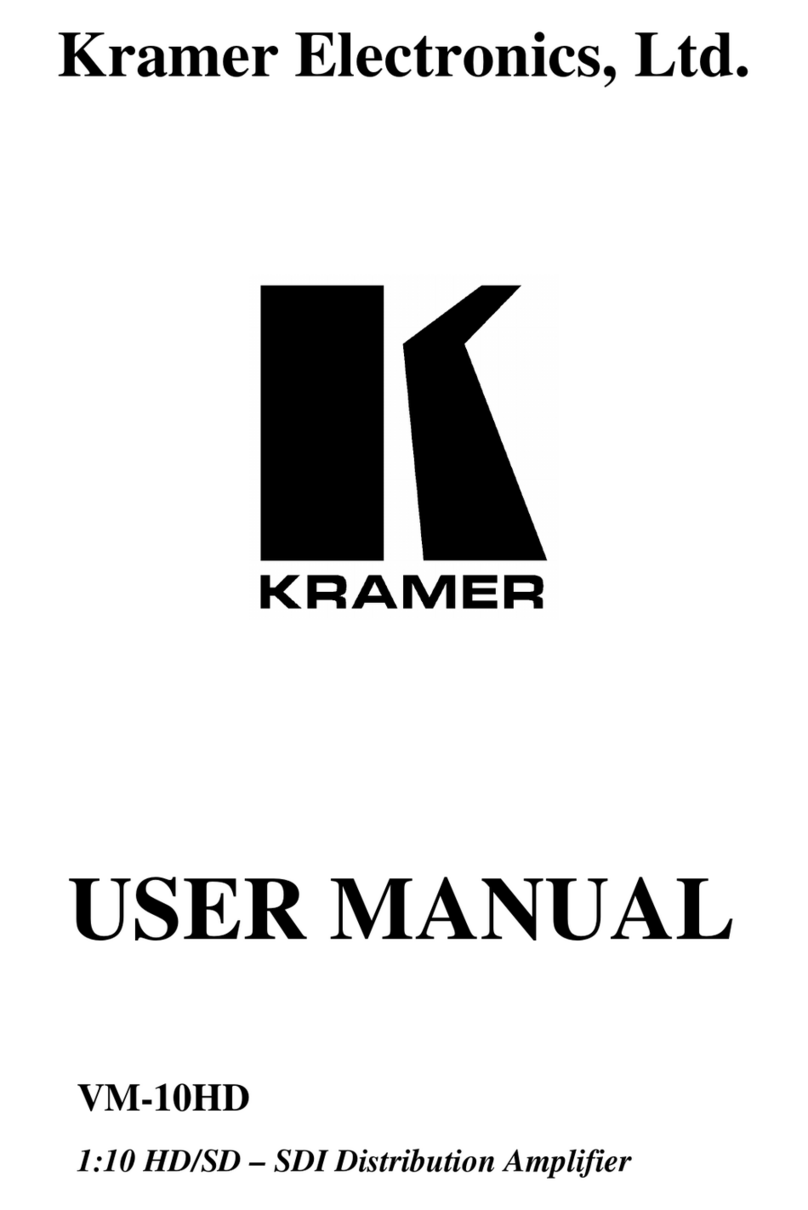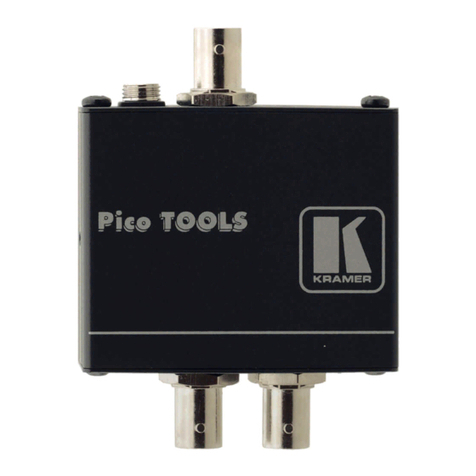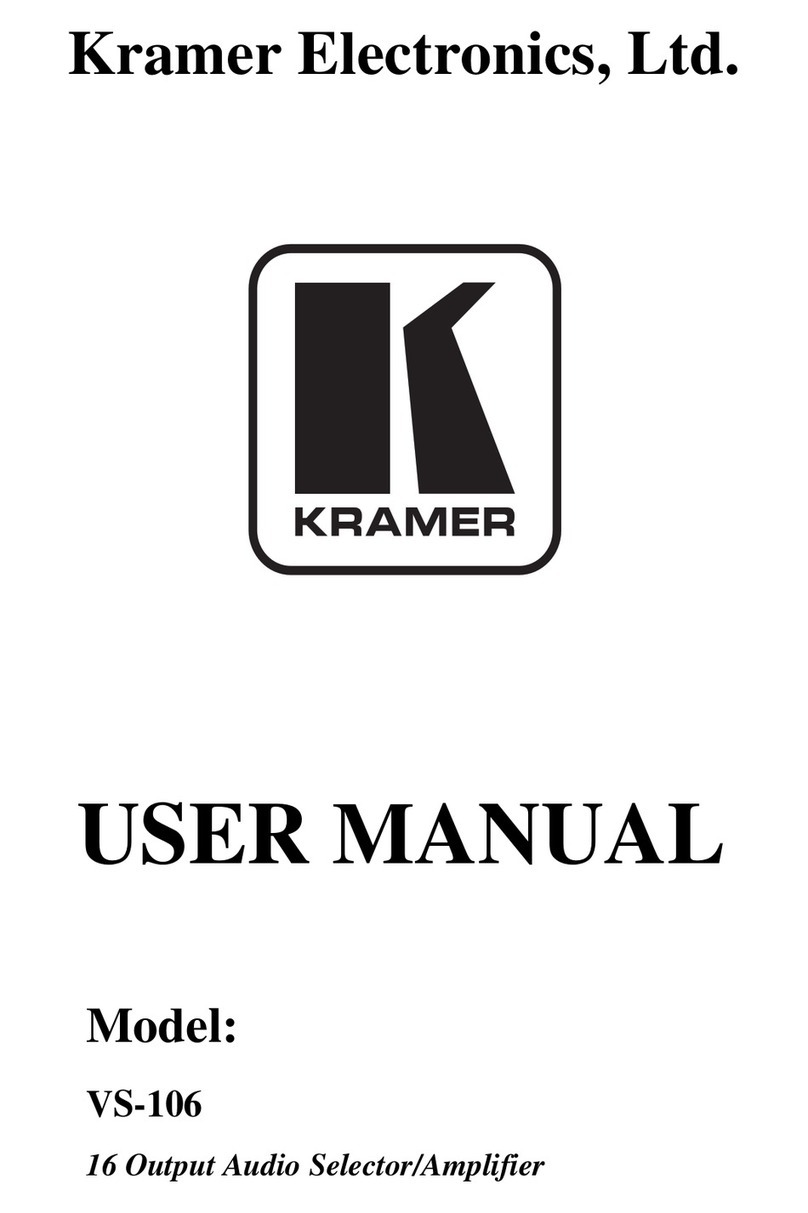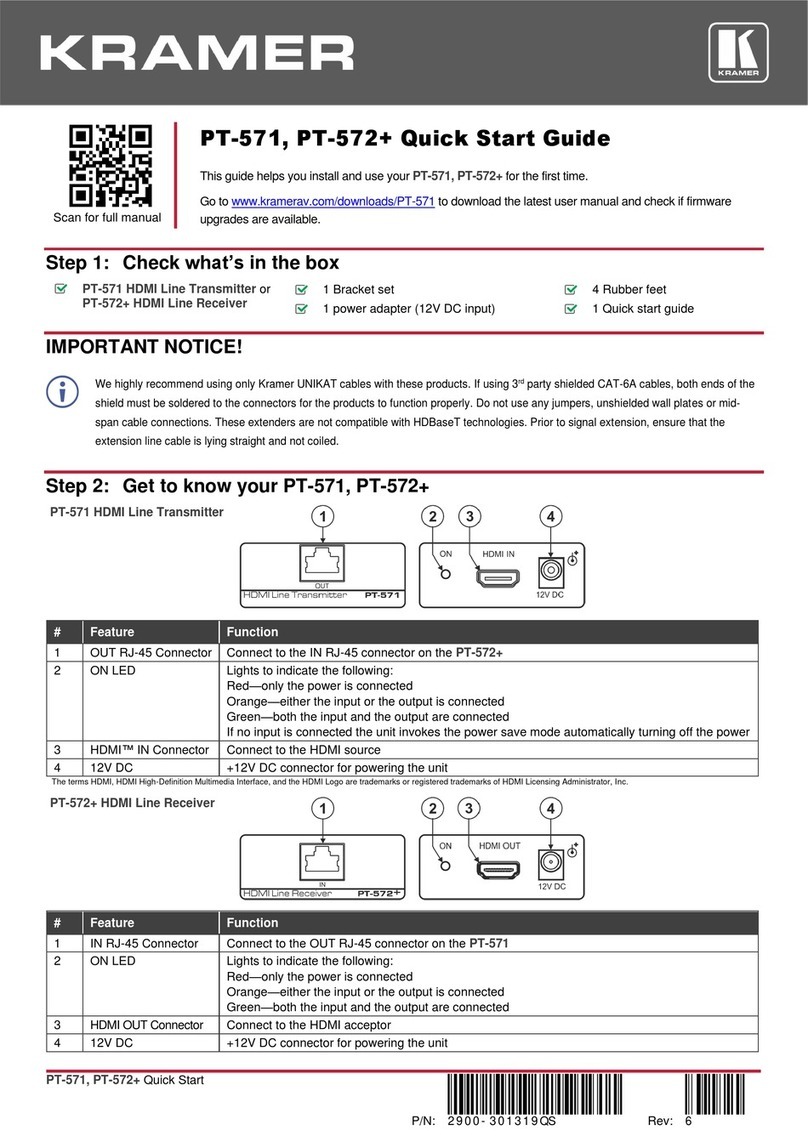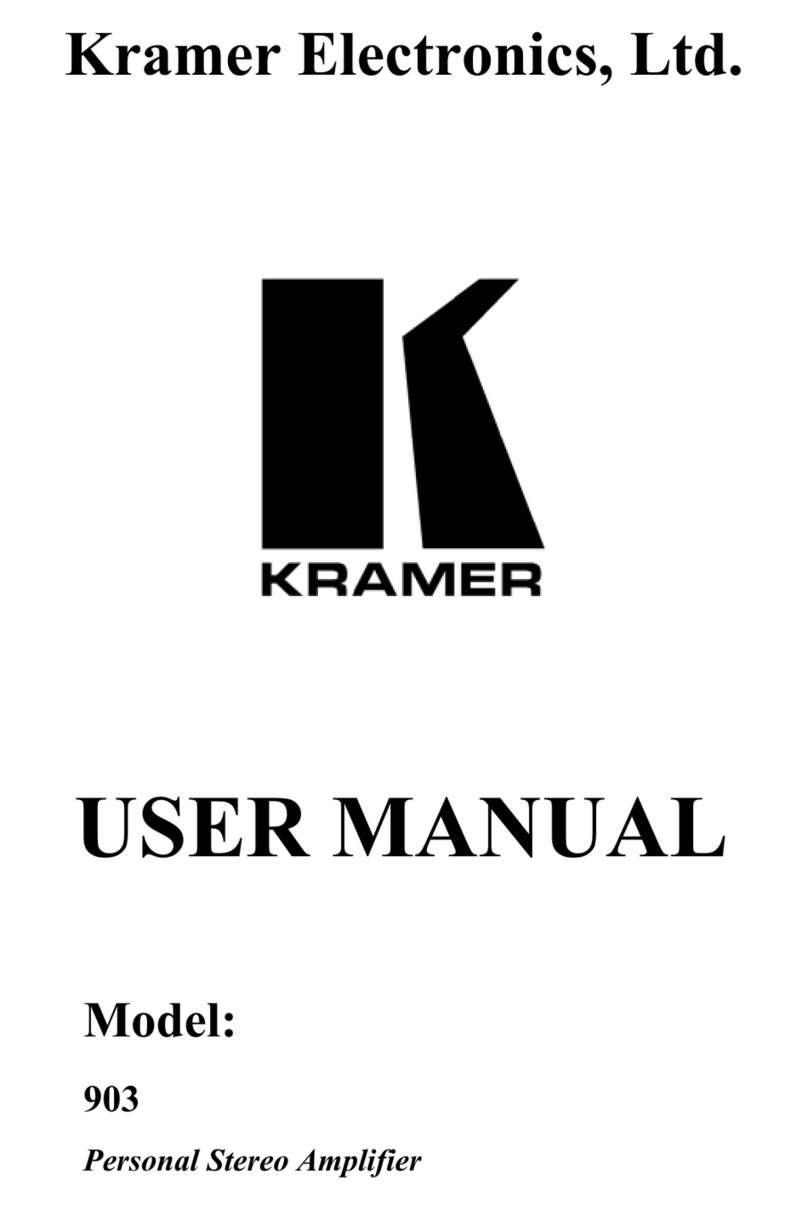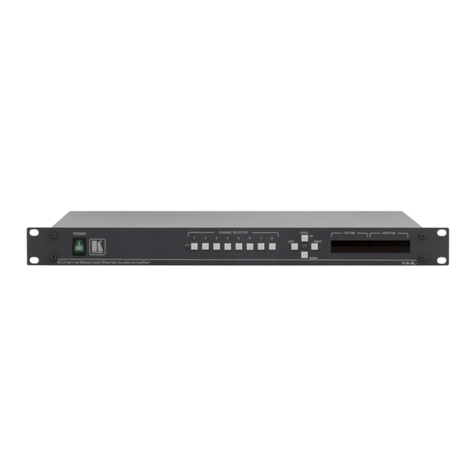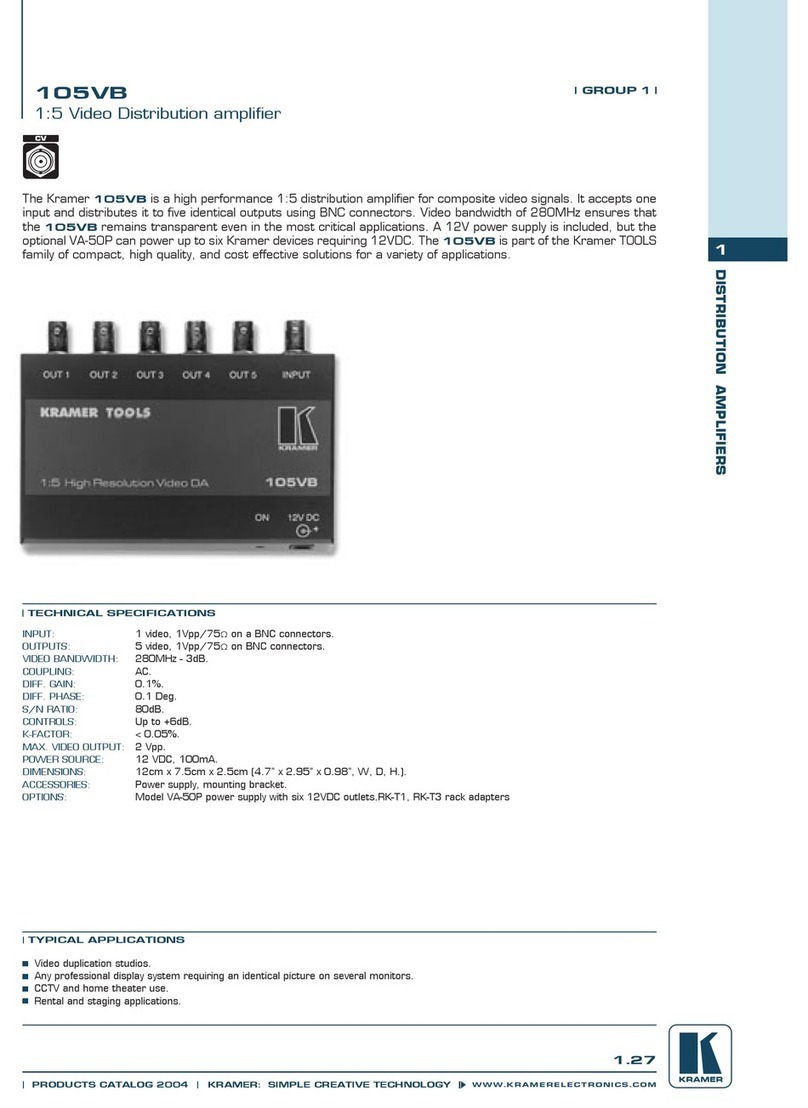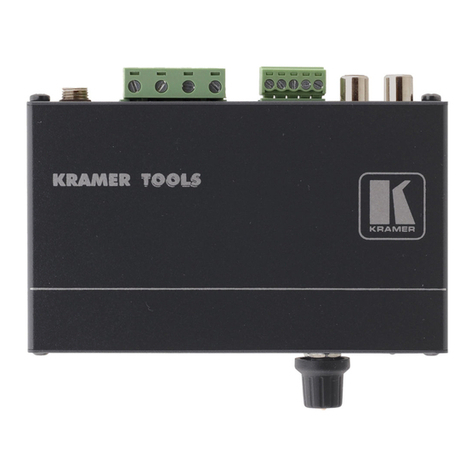S-VGA, XGA, S-XGA and U-XGA are terms describing graphics resolution and
color depth. Color depth represents the maximum number of simultaneously
displayed colors on the screen and is measured in bits. 24 and 32-36 bits of color
depth represent millions to billions of color shades available on the screen at any
given moment. (It should be born in mind, though, that the human eye can resolve
only a few thousands colors!) The more detailed the image (higher resolution)
and the higher the color depth, the more real the image will look. The highest
resolution of standard VGA was 640x480 pixels with 4 bits of color (16 colors).
Standard VGA was able to use more colors (256) but at a lower resolution,
around 320x200 pixels, which was very crude. Common resolutions used today
for computer graphics vary from 1024x768 up to 2000x1600 pixels with “high
color” - 16 bits of color, representing 64,000 different colors, up to “true color” -
24 bits or more, representing from 16.7 million colors, up to several billion.
Displaying such a detailed and colorful image on the screen (e.g. “writing” so
many pixels on the screen in real time) needs enormous graphics memory per
frame, as well as very high speeds. The amplifiers that carry those signals must be
able to handle those speeds and signal bandwidths.
Standard VGA, at 640x480 resolution, needed amplifiers with 20-30MHz
bandwidth. At 1600x1200 or even at 1280x1024 (S-XGA), those amplifiers fail
completely. In order to faithfully amplify and transmit modern high-resolution
graphics, amplifiers with bandwidths of 300 MHz and more are needed. Those
amplifiers, besides the enormous bandwidth they handle, need to be linear, to
have very low distortion and to be stable. Stability of an amplifier is its ability to
avoid bursting into uncontrolled oscillation, which is in adverse relationship to
the speed it can handle. The tendency to oscillate is further increased by the load
impedance. The load impedance of a system is usually not just a resistor. A cable
connected to an amplifier (leading to the receiver or monitor) may present a
capacitive and/or an inductive load to the amplifier. This is the main cause of
instability. The quality problems of a load or cable may severely degrade the
bandwidth, linearity, and stability of the amplifier and in general its ability to
faithfully reproduce the signal.
Cables also affect image resolution. Longer cables, due to their imperfections,
cause high frequency deterioration and hence image “smear” and loss of
resolution. In computer graphics especially, this adverse effect is very much
accentuated. Amplifiers should therefore cope with an additional task -
compensating for cable losses up to the maximum useful operation distance.
High-resolution graphics systems should use very high quality cables for image
transmission. The cables should be shielded to eliminate externally induced
interference but the shield might itself increase the capacitance of the cable, and
therefore, cause deterioration in the image’s resolution and clarity. Standard
